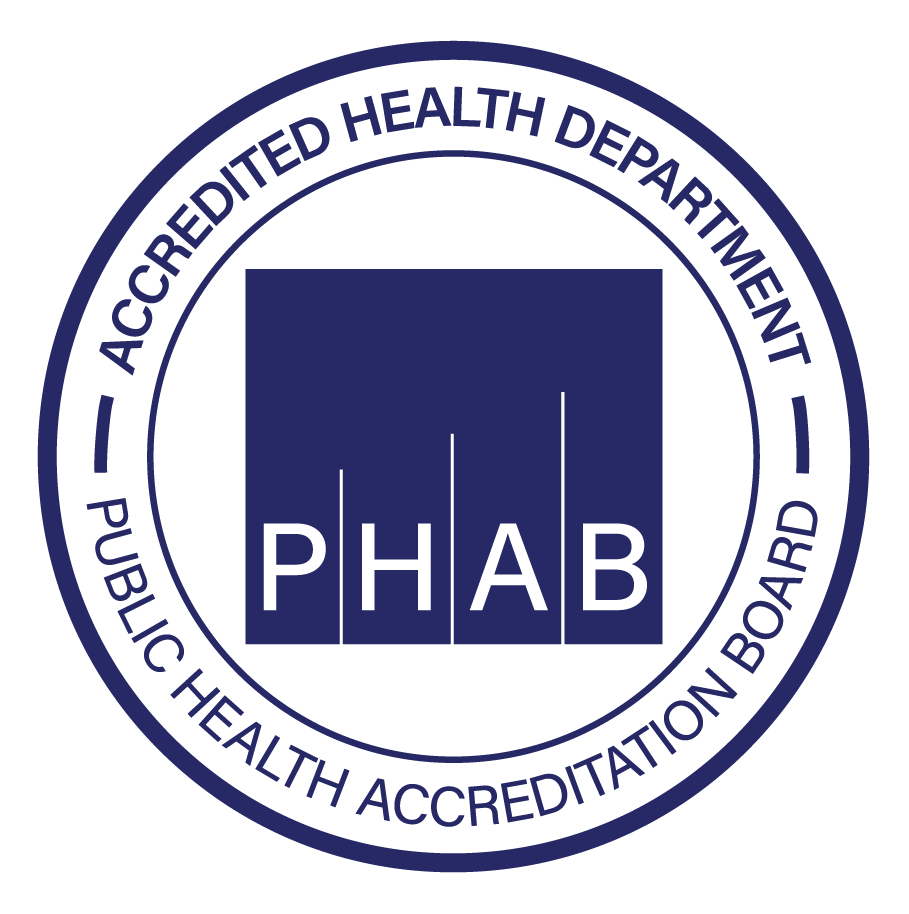Surveillance
 With the passage of 63 O.S. Section 1-550.2 in 1992, birth defect surveillance began in Oklahoma County (which represents 21% of 1992 live births) with the establishment of the Oklahoma Birth Defects Registry (OBDR). In 1993, data collection expanded to include Oklahoma, Tulsa, and Cleveland Counties, where 44 percent of the State's live births occurred. In 1994, the OBDR began statewide surveillance of Oklahoma births occurring in Oklahoma hospitals. Currently, a case entered into the OBDR must meet the following criteria:
With the passage of 63 O.S. Section 1-550.2 in 1992, birth defect surveillance began in Oklahoma County (which represents 21% of 1992 live births) with the establishment of the Oklahoma Birth Defects Registry (OBDR). In 1993, data collection expanded to include Oklahoma, Tulsa, and Cleveland Counties, where 44 percent of the State's live births occurred. In 1994, the OBDR began statewide surveillance of Oklahoma births occurring in Oklahoma hospitals. Currently, a case entered into the OBDR must meet the following criteria:
The OBDR utilizes multiple case ascertainment methods. The primary method is ICD-10 diagnosis discharge codes. The OBDR ICD-10 Case Ascertainment Code List for Children includes codes which are used to identify children diagnosed with a birth defect(s) of interest. The OBDR ICD-10 Case Ascertainment Code List for Mothers includes codes which are used to identify women diagnosed with a condition that may lead to identifying children with a birth defect(s) of interest. Once a child is identified and determined to be a case based on the criteria above, the OBDR assigns a 6-digit diagnosis code. This 6-digit coding system is based on British Pediatric Association Classification of Diseases.



